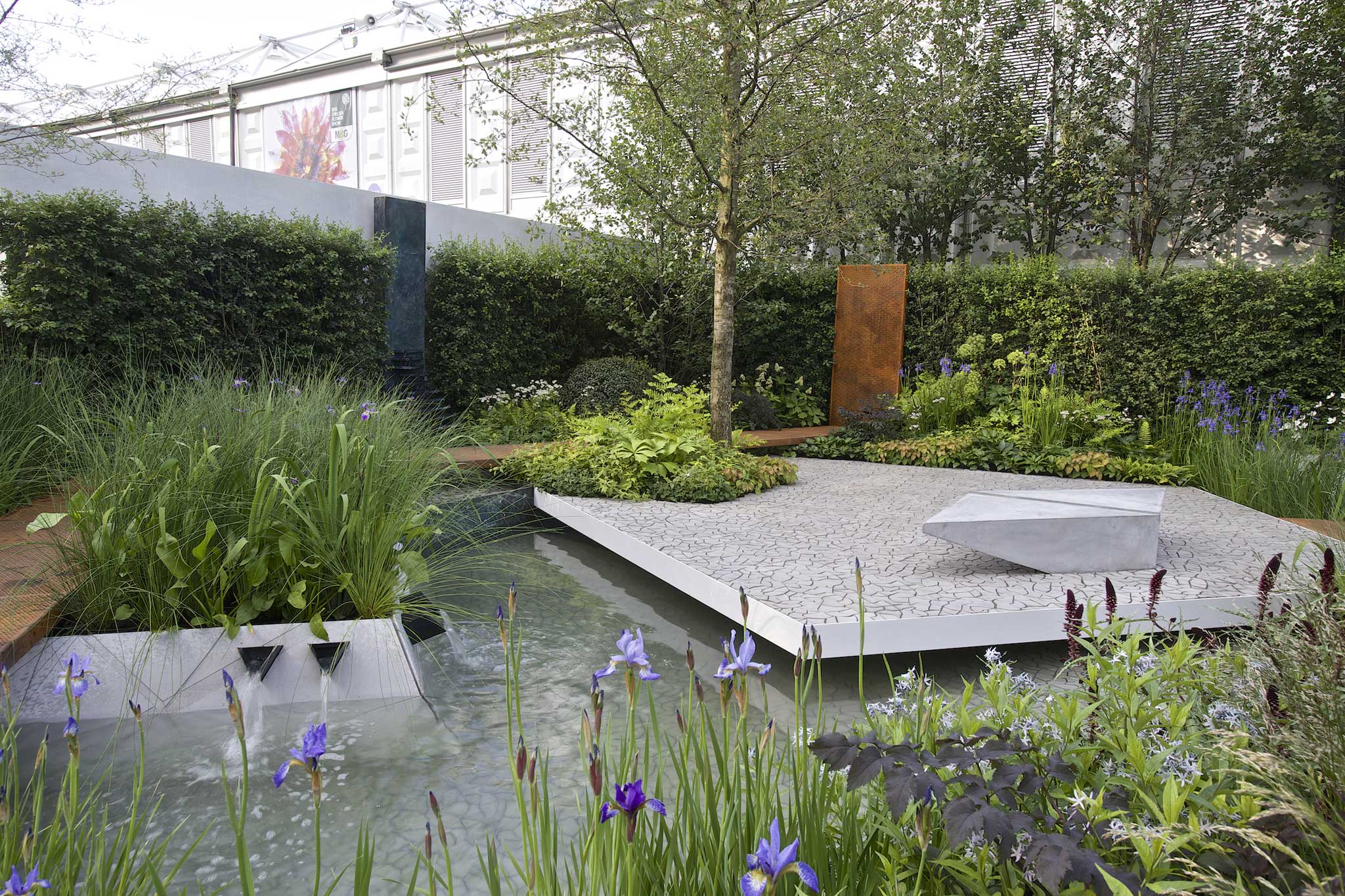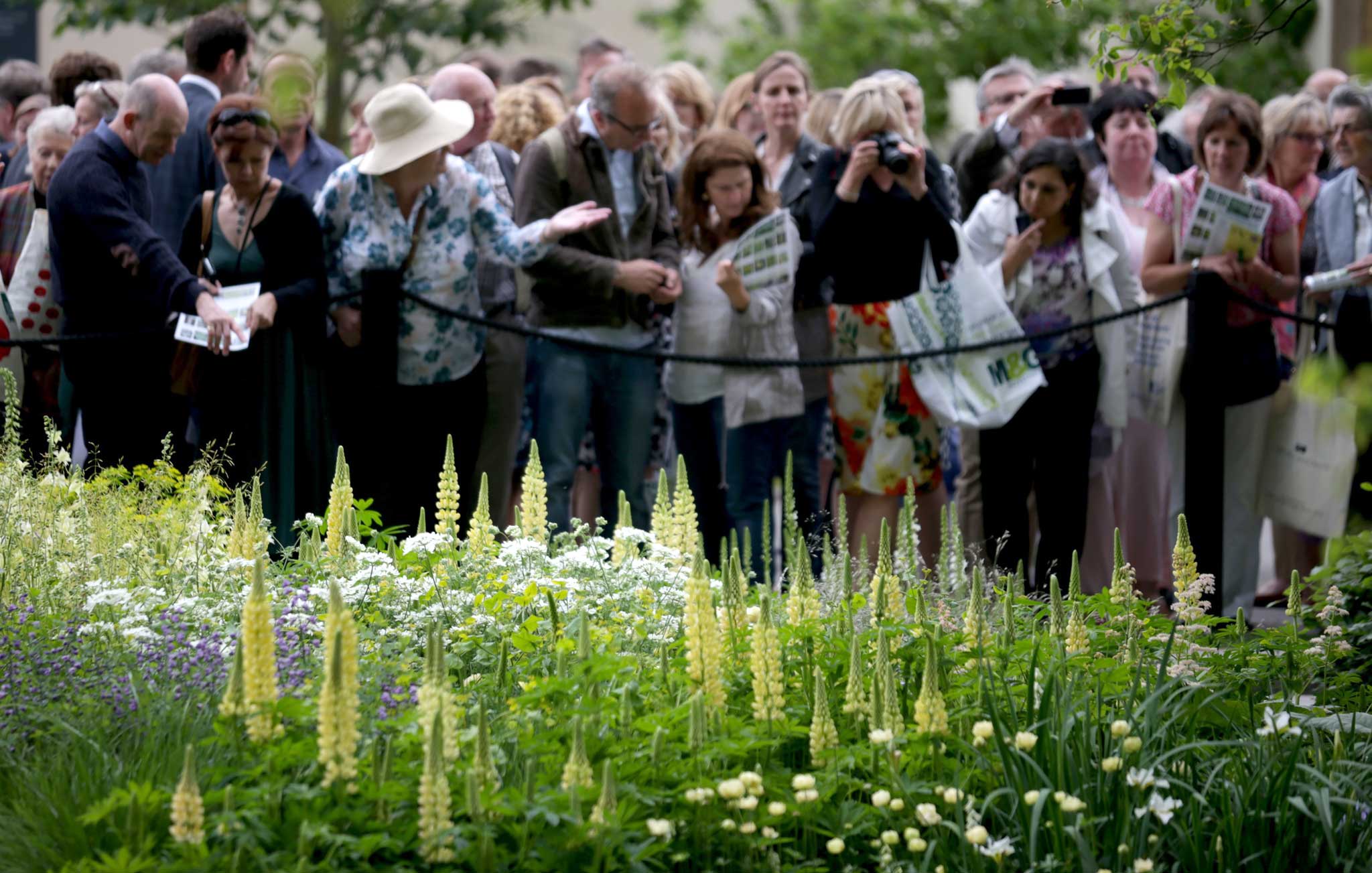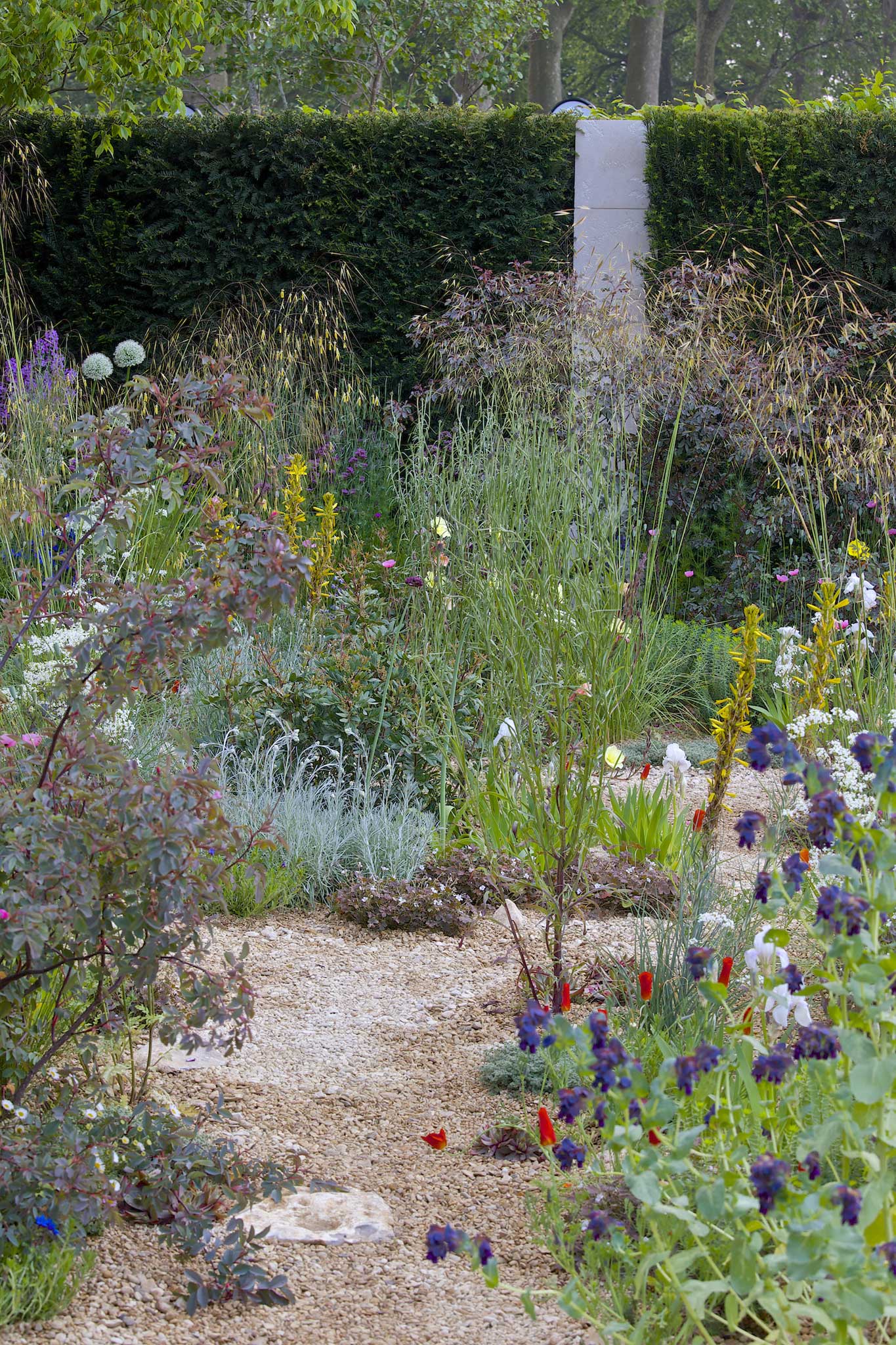Anna Pavord: This year's Chelsea Flower Show surprised me with its emphasis on planting that you might find in a real garden

Your support helps us to tell the story
From reproductive rights to climate change to Big Tech, The Independent is on the ground when the story is developing. Whether it's investigating the financials of Elon Musk's pro-Trump PAC or producing our latest documentary, 'The A Word', which shines a light on the American women fighting for reproductive rights, we know how important it is to parse out the facts from the messaging.
At such a critical moment in US history, we need reporters on the ground. Your donation allows us to keep sending journalists to speak to both sides of the story.
The Independent is trusted by Americans across the entire political spectrum. And unlike many other quality news outlets, we choose not to lock Americans out of our reporting and analysis with paywalls. We believe quality journalism should be available to everyone, paid for by those who can afford it.
Your support makes all the difference.Very rarely does the Chelsea Flower Show set a trend in gardening, but it often reflects shifts that have been going on for some time in the real world. At this year's show, there was a welcome move away from dark, claret-saturated plantings: maroon astrantia, purple-leaved geranium, interspersed with blobs of knautia. This colour palette was arresting when it was first introduced at Chelsea in the garden made for Gardens Illustrated by Piet Oudolf and Arne Maynard. But that was in 2000. And we've learnt how drab those plantings look in a typical British summer of grey clouds and rain.
Instead, in the garden he made for Laurent-Perrier, the Italian designer Luciano Giubbilei gave us creamy lupins and buff spires of rodgersia, pierced by brilliant flashes of green-yellow from Smyrnium perfoliatum and spurge. The counterpoint was blue, in spires of the Siberian iris 'Persimmon', baptisia and low mounds of an iceberg-blue phlox called 'Clouds of Perfume'. It was heavenly. I wanted to pick up the whole flower border and take it home. I can't ever remember feeling that before at Chelsea.
And I was surprised, because the slick design that Giubbilei produced for his first Chelsea garden (it looked as if it had been plucked straight from a boutique hotel in Rome) didn't suggest he was much interested in flowers. Stone, water and clipped evergreens are the classic components of an Italian garden and that was what he gave us, back in 2009, with straight lines of yew, box and hornbeam, formal pools and seats with the kind of square, pristine, cream-covered cushions that only happen in advertisements.
Talking to him on the day before the show opened, I learnt how the shift had happened. He's spent the past year or so experimenting with plants on a spare plot in the vegetable garden at Great Dixter, where Fergus Garrett gardens with a joyous abandon that you don't find in any other garden in England. That's where he learnt about lupins, key plants in his Chelsea borders, and a long-time favourite at Dixter. Giubbilei used two different kinds – 'Chandelier', a lemony kind of yellow with subtly darker standards and 'Cashmere Cream', slightly shorter at 90cm/3ft.
Both, of course, have excellent foliage and this was another lesson that the Italian designer has absorbed from Dixter. If you look after the leaves in a planting, the flowers look after themselves. There were three different spurges in the Chelsea planting, all with excellent foliage underpinning the luminous yellow-green flowers. And shining quietly in corners were the highly polished, rounded leathery leaves of asarum, a plant that's not used as much as it ought to be.

There were grasses at Chelsea, but not many (thank goodness), and used far more subtly than they used to be. The loathsome, unyielding stands of miscanthus have gone away and there were very few tufts of dreary, worn-out Stipa tenuissima. Giubbilei, helped by James Harvey, one of the stars of the Dixter team, used the creamy lockets of quaking grass (Briza media) with the narrow spires of the yellow foxglove (Digitalis lutea) and shimmers of bead-like melica quivering over lemon-coloured geums. What a relief it is to have moved away from the hideous blocks of > heavy grasses that for a time dominated planting design.
There was another good shift at Chelsea – towards more annual flowers. They are not as easy as perennials to manage in the build-up to the show, but using them gives a show garden grace and mobility. You don't feel, as you used to, that the whole space is taken up by immoveable pieces of plant furniture. In the Laurent-Perrier garden, Orlaya grandiflora made an elegant white path through hardworking tellima and alchemilla and provided a freshness that we can bring to our own gardens, too. Sown in autumn and overwintered, each plant in its small pot, orlaya flowers happily in late May. A spring sowing will give another later crop of flowers, flat, uneven-petalled umbels balanced over lacy foliage.

Cleve West used a beautiful Californian poppy, tawny 'Red Chief', as the star annual in the gravelled foreground of his Chelsea show garden. I saw it first in full flower, with spires of yellow asphodel and gorgeous white eremurus. But the next day I was on the showground by seven in the morning, and found the poppies still furled up. The star place had been taken by a fragile Shirley poppy in a surprising shade of pink. Cleve also had cornflowers, both the black and the more traditional blue kind, and these too are easily raised from seed sown in early autumn.
When the baby plants are well established, prick each one out into its own small pot and leave them somewhere sheltered over winter. A cold frame or a cool greenhouse is ideal. By spring, you'll have strong, vigorous plants to set out. If you sow hardy annuals such as cornflower and larkspur in early September, rather than spring, you get plants that are sturdier and which flower for much longer than spring-sown annuals. And a packet of traditional blue Centaurea cyanus, once a common sight in cornfields, costs only £1.86 from Chiltern Seeds (chilternseeds.co.uk). What else could you buy that gives you so much joy for so little money?
Cloud-pruned hedges had disappeared from Chelsea show gardens along with green walls. I like cloud pruning, but hedges treated that way take up a great deal of space and don't work in the average urban garden, which is usually much longer than it is wide. You want to accentuate the width, not eat it up with bulges of clipped box. But the best gardens all had proper hedges: native hawthorn in Hugo Bugg's gold-medal winning plot, bay in the elegant garden that the landscaping duo, Del Buono Gazerwitz, made alongside Giubbilei's. The bay was handsome, but you could see how much titivating it had needed, where browned-off leaves and shoots had been clipped away. It was a brave choice, but for the average gardener, it would be an expensive one.
Join our commenting forum
Join thought-provoking conversations, follow other Independent readers and see their replies
Comments